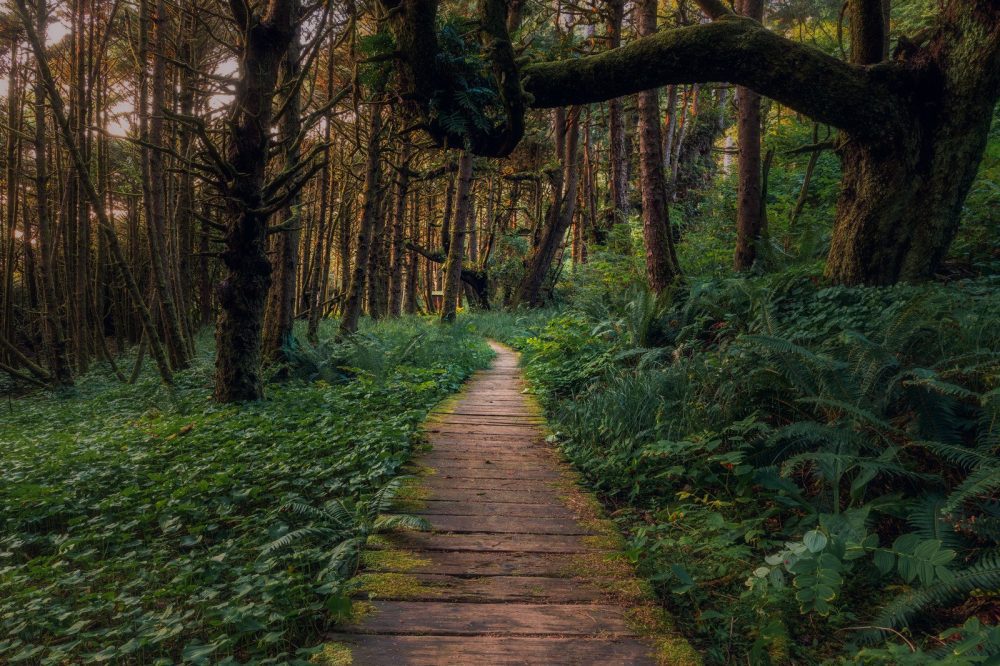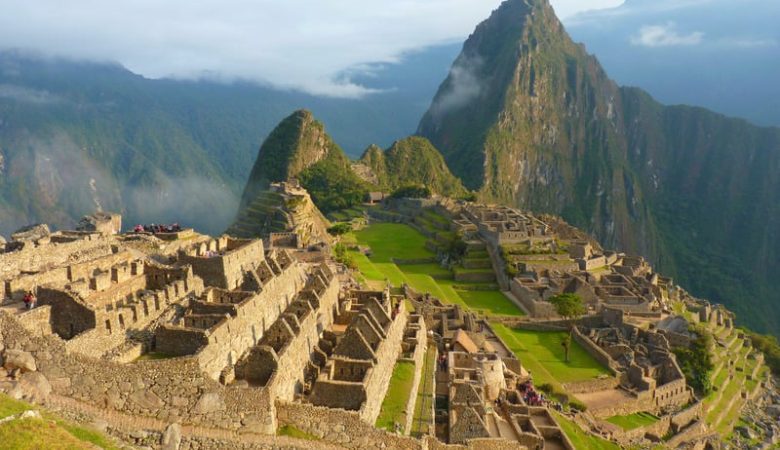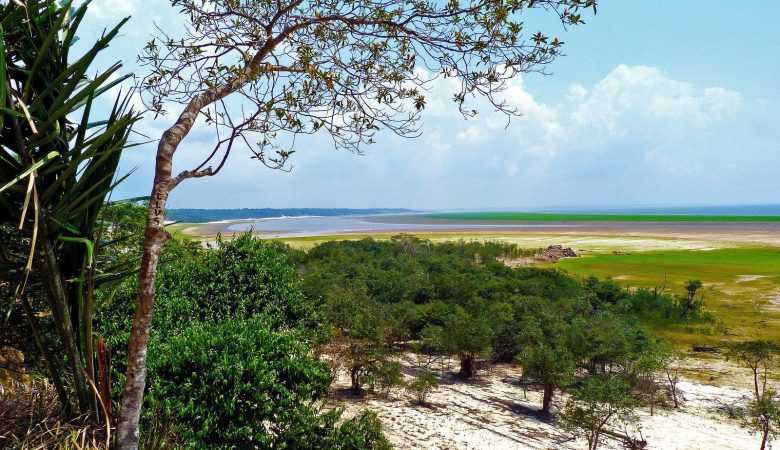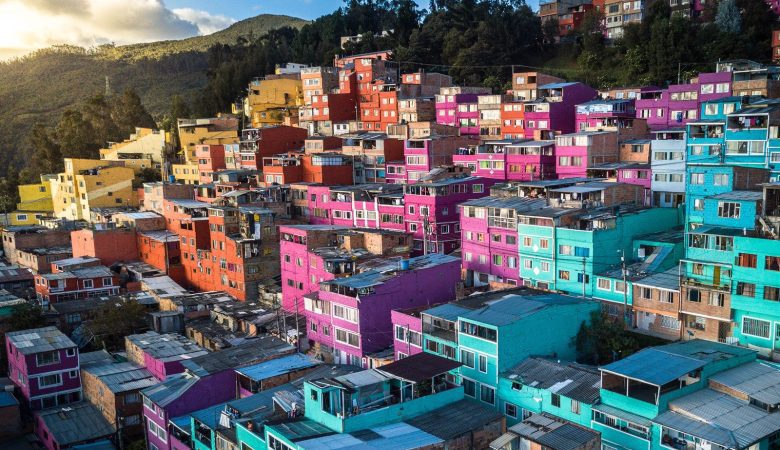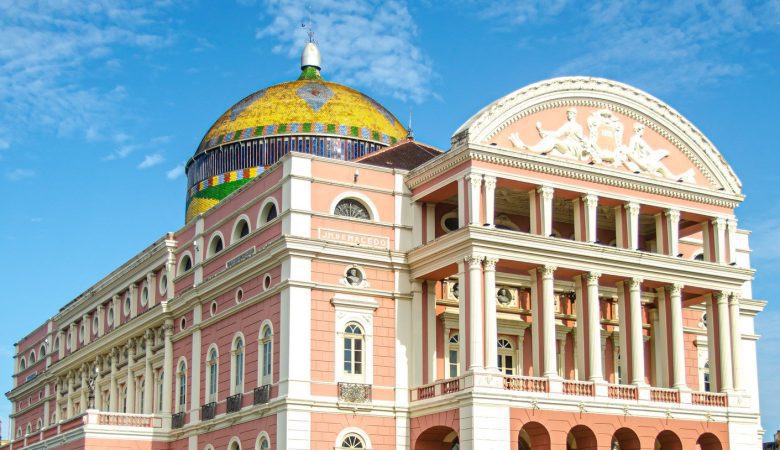Step back in time and embark on a captivating journey through the rich history of South America as we uncover the remnants of ancient civilizations that once flourished on this diverse continent. From enigmatic geoglyphs etched into desert plains to awe-inspiring mountain-top citadels, these iconic historical sites offer a glimpse into the lives, cultures, and innovations of our ancestors. So grab your explorer’s hat and join us as we venture through some of the most breathtaking and mysterious archaeological wonders found in South America!
The Nazca Lines
Nestled in the arid Peruvian desert lies one of the most enigmatic and intriguing archaeological sites: The Nazca Lines. Spread across nearly 200 square miles, these massive geoglyphs were created by removing reddish-brown iron oxide-coated pebbles to reveal a lighter-colored soil beneath.
The true purpose behind the creation of these intricate designs remains a mystery to this day. Some theories suggest they were astronomical markers or even an irrigation system, while others propose they held religious significance for ancient civilizations.
These enormous drawings depict various shapes, including animals like monkeys, hummingbirds, and spiders as well as geometric patterns that stretch across vast distances. To truly appreciate their grandeur and complexity, it’s best to view them from above via airplane or observation towers situated nearby.
Despite being over 2,000 years old and exposed to natural elements such as wind erosion and occasional rainfall, the Nazca Lines have stood the test of time thanks to their remote location and dry climate. They continue to spark curiosity among archaeologists and tourists alike who are eager to unravel their secrets.
Machu Picchu
Nestled high in the Andes Mountains, Machu Picchu is one of South America’s most iconic ancient sites. This Incan citadel was built during the 15th century and remained unknown to the outside world until its rediscovery in 1911 by Hiram Bingham.
Despite being centuries old, this marvel of engineering has stood the test of time and remains remarkably well-preserved. The intricate stonework, terraced fields, and stunning views are a testament to the ingenuity and skill of the Inca people who constructed it.
Visitors can explore various parts of Machu Picchu such as Intihuatana, which served as an astronomical observatory or Temple of Sun where religious ceremonies were held. A hike up Huayna Picchu offers breathtaking panoramic views.
In addition to its historical significance, Machu Picchu holds spiritual importance for many Peruvians who see it as a sacred site that connects them with their ancestors. It’s not hard to see why this UNESCO World Heritage Site continues to draw millions of visitors each year from all over the globe.
The Inca Trail
If you’re looking for a truly unforgettable adventure, the Inca Trail is a must-visit destination. This ancient trail winds through the Andes Mountains and offers stunning views of the surrounding landscape.
As you trek along this historic route, you’ll pass by numerous Incan ruins and learn about their fascinating culture and way of life. The trail eventually leads to Machu Picchu, one of South America’s most iconic archaeological sites.
The journey along the Inca Trail can be challenging at times, but it’s well worth it for those who are up for the challenge. Along the way, you’ll have plenty of opportunities to take in breathtaking scenery and connect with nature.
One thing to keep in mind when planning your trip is that permits are required to hike on the Inca Trail. These permits tend to sell out quickly during peak season, so be sure to plan ahead if you want to experience this incredible adventure firsthand.
Hiking on the Inca Trail is an experience like no other. It’s a chance to step back in time and explore an ancient civilization while also pushing yourself physically and mentally.
Tiwanaku
Tiwanaku is an ancient civilization that dates back to around 400 AD, located in what is now Bolivia. This impressive site contains the remains of a once-thriving city, including temples and pyramids that are still standing today.
One of the most remarkable features of Tiwanaku is its intricate stonework. The blocks used to build these structures were cut with incredible precision using only basic tools, then fit together without any mortar or cement. Archaeologists are still unsure how they accomplished such feats of engineering.
Another fascinating aspect of the Tiwanaku site is its elaborate water management system. Canals and channels were built to transport water from nearby rivers and lakes into the city for agriculture and other uses.
Visitors can also explore a museum on-site that displays artifacts found during excavations, including ceramics, jewelry, and stone carvings.
Tiwanaku offers a unique glimpse into South America’s rich history and cultural heritage. It’s definitely worth a visit for anyone interested in ancient civilizations or archaeology.
Chan Chan
Chan Chan, located in northern Peru, was once the largest city in pre-Columbian South America. This ancient site was built by the Chimú civilization around 850 AD and served as their capital until the Inca Empire conquered them in the late 15th century.
The ruins of Chan Chan are a testament to the architectural and engineering skills of its builders. The entire city is made up of nine distinct citadels or walled compounds, each with its own palace complex, ceremonial plaza, residential areas and water reservoirs.
One notable feature of Chan Chan is its intricate adobe brickwork that features geometric patterns, stylized animals and mythological figures carved into them. Some say these symbols reflect religious beliefs while others suggest they were used for political purposes.
However, despite being declared a UNESCO World Heritage Site in 1986 and receiving ongoing conservation efforts from Peruvian authorities, this ancient treasure faces numerous threats such as climate change-induced flooding and erosion caused by tourism-related activities.
Visiting Chan Chan allows us to appreciate not just its awe-inspiring architecture but also reminds us about our shared responsibility towards preserving important cultural heritage sites like this one for future generations.
Cusco
Cusco is a city that captures the essence of ancient civilizations in South America. It was once the capital of the Inca Empire and, today, it’s a UNESCO World Heritage Site. Cusco’s architecture showcases both Incan stonework and Spanish colonial buildings, making for an eclectic mix.
The main attraction in Cusco is undoubtedly the famous Temple of the Sun or Qorikancha. The temple was once covered with gold plates from top to bottom, but most of them were removed or destroyed during colonization. Despite this fact, visitors can still admire its intricate masonry and learn about how it played an important role in Inca religion.
Aside from the temples and ruins found throughout Cusco, there are also plenty of other things to see and do. You can take a stroll around Plaza de Armas or San Blas neighborhood for some souvenir shopping before enjoying traditional Peruvian cuisine at one of many local restaurants.
Exploring ancient civilizations through these historical sites allows us to gain insight into their way of life – their beliefs, customs, architecture and more – all while admiring breathtaking views. It’s no wonder why South America remains such a popular destination for travelers seeking adventure fused with history!

